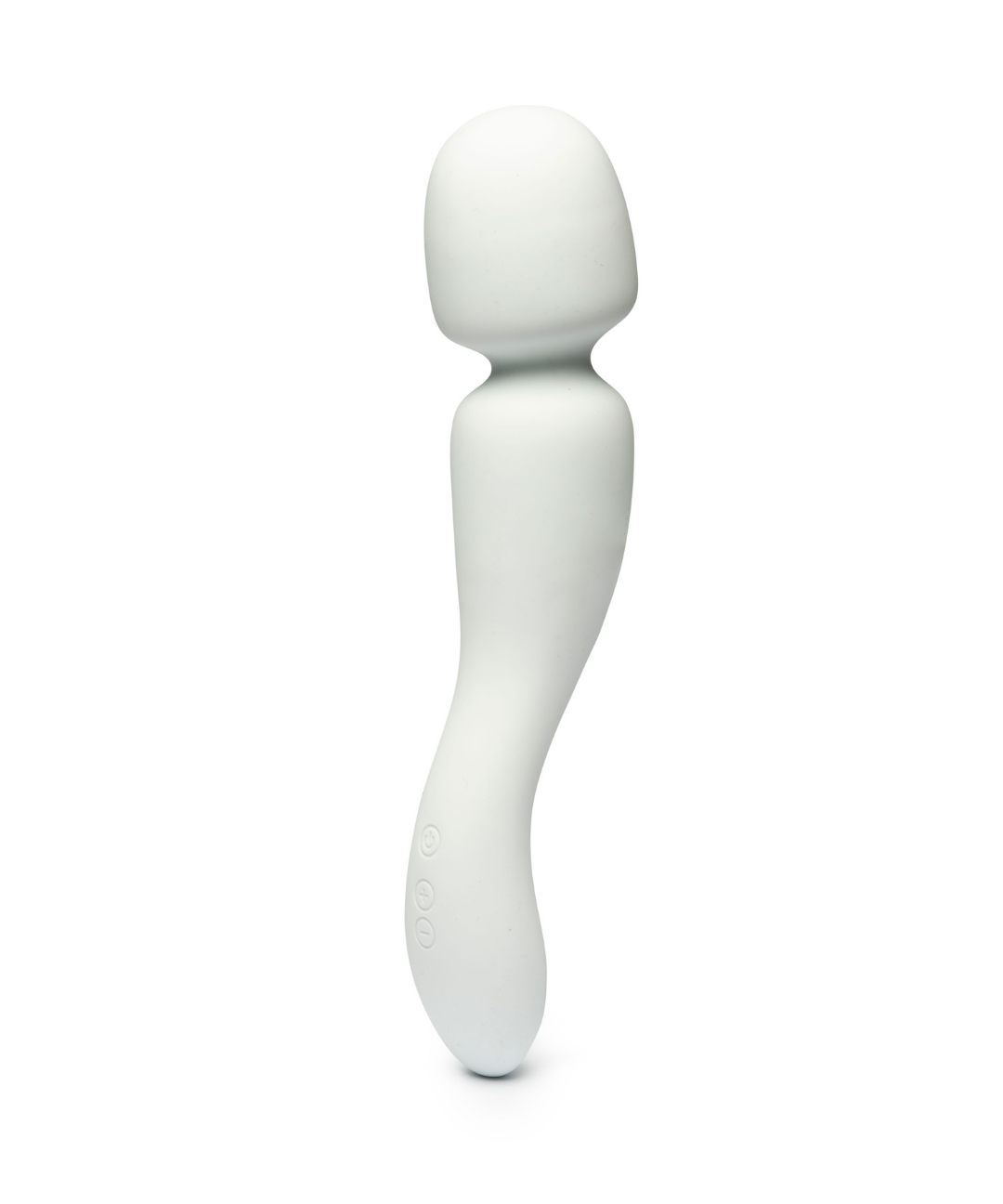Breathing exercises are a simple, accessible and effective way to create calm and focus in mind and body. In this guide, you will be presented with three breathing exercises that are safe for everyone to do. The guide was made with the help of yoga teacher, Eva Kjærgaard, @free_flow_yoga_massage
Why do breathing exercises?
When you breathe deeply and calmly, you send signals to your body to relax and calm the nervous system.
Can I do breathing exercises in all positions?
All the exercises can be done sitting on a chair, on a mat on the floor or lying down.
In pranayama, as the breathing practice of yoga is called, the correct sitting position is usually an upright and stable position that allows free breathing. The most common position is tailor position
Here are some guidelines for maintaining a proper sitting position during pranayama:
- Sit on a soft pillow or blanket if it makes it easier for you to sit upright.
- Make sure your hips are raised slightly above your knees.
- Place your feet crossed in front of you. You can also choose to sit on a yoga block or a chair if that is more comfortable for you.
- Keep the spine upright, but avoid being tense or rigid. Leave your natural curve in your back there, and slightly pull your stomach in to create stability.
- Roll the shoulders back and lower them to open the chest. This helps to lighten up and gives more room for breathing.
- Place your hands on your knees or in a comfortable mudra (hand position) if you are practicing a specific pranayama technique that requires it.
- Relax your face. Let your jaw be soft and relaxed, and relax the muscles around your eyes.
3 breathing exercises
Calming breathing
The breathing exercise creates mental focus by counting the inhalations and exhalations and calms the nervous system by lengthening and deepening the breathing.
- Sit or lie in a comfortable position.
- Breathe in and count 1, 2, 3
- Exhale and count 1, 2, 3, 4, 5, 6
- Let the strength of the breath be even throughout the exercise.
- Do the exercise for at least 4 minutes, e.g. before you go to bed
The alternate breath
The alternating breathing focuses your attention, as in the exercise you have to switch nostrils by moving your fingers, at the same time as you breathe in and out. The breathing exercise is well-researched and is said to reduce stress, lower blood pressure and increase lung capacity, as well as increase overall well-being.
Sit in a comfortable position.
- Let the left hand rest on the left knee.
- Place the index and middle fingers of the right hand between the eyebrows. The thumb and ring finger are used to alternately close the right and left nostrils.
- Close the right nostril with the thumb and breathe in through the left nostril
- Close the left nostril and with the ring finger and exhale through the right
- Breathe in through the right
- Close the right and exhale through the left
- Repeat as many times as you want.
The square breath
Similar to the previous two exercises, this exercise quiets the mind through concentration (here on numbers and direction) while you achieve calm and controlled breathing.
Sit or lie in a comfortable position. If you are sitting, rest both hands on your knees. Close your eyes, Imagine a luminous square in front of you.
- Start in the top left corner of the square and think from left to right as you inhale and count: 1, 2, 3 and 4
- Think from the top right corner to the bottom right corner while holding your breath and counting 1, 2, 3, 4
- Think from right to left as you exhale and count: 1, 2, 3, 4
- Think from the lower left corner towards the upper left corner while holding your breath and counting: 1, 2, 3, 4.
- Repeat as long as you wish.








